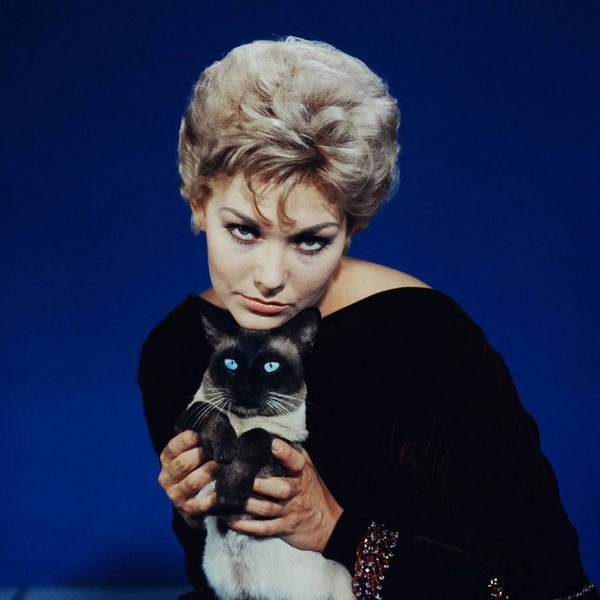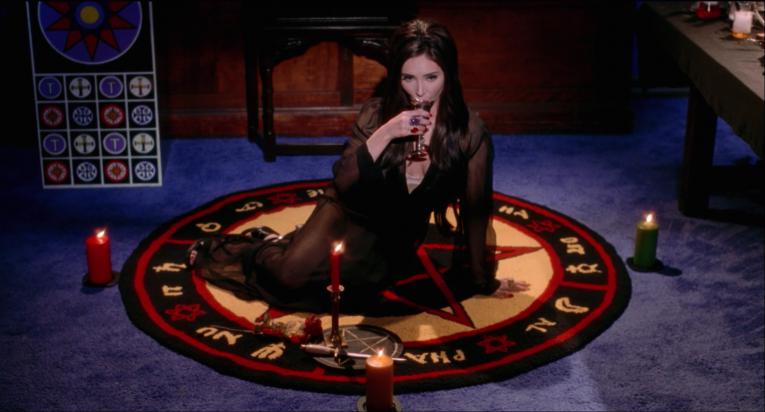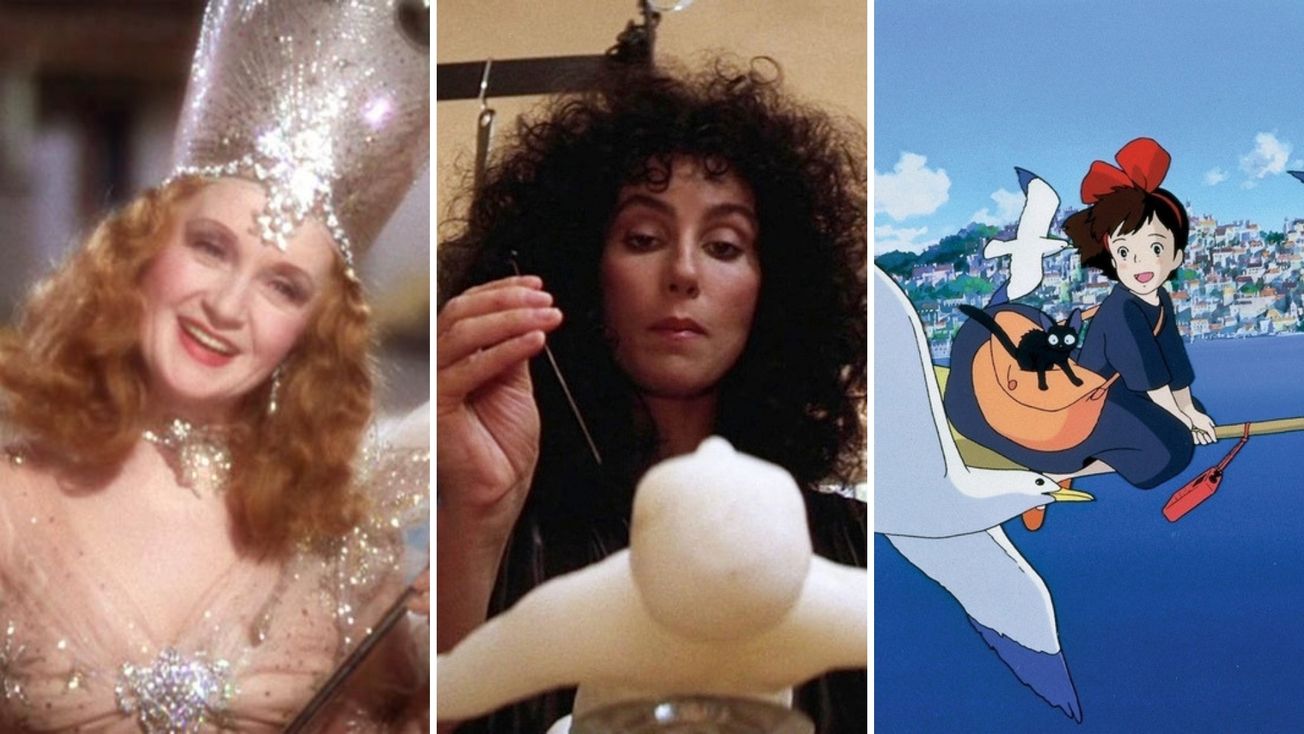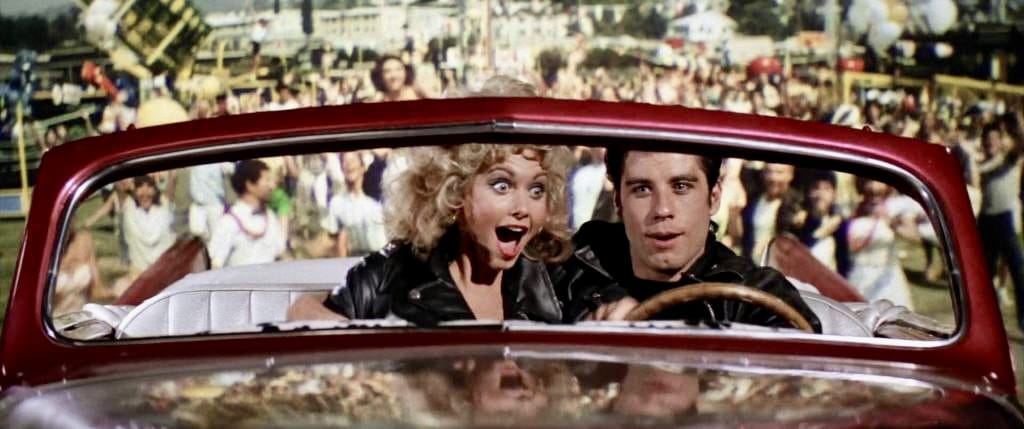By Kate Llewelyn, Fourth Year, Liberal Arts
This month, Bristol's Watershed is showing a new season of films brought together under the concept of ‘Reclaiming the Witch’, designed and curated by Thea Berry, a Master's student at University of West of England, Bristol.
Aside from organising the screenings of a variety of films dealing with the many-faceted portrayals of the witch - including the adaptation of Roald Dahl’s ‘The Witches’, The Love Witch (2016), Bell, Book and Candle (1958) and The Witches of Eastwick (1987) - Thea organised a panel event discussion to discuss and share ideas about the modern concept of the witch, and whether it can now be reclaimed with more positive connotations.

Watershed / Bell, Book and Candle
When I attended the event last week, I was impressed by the breadth and depth of the topics covered during the conversations. I was also pleased to note how all three of the guest speakers decided - seemingly independently - an all-black uniform was appropriate for such a forum. The panellists spanned a variety of backgrounds and specialities and all spoke animatedly and intelligently about the subject, often bouncing off each other with references and ideas.
The panellists were: Kelli Weston, a film writer and PhD candidate from Birkbeck School of Arts; Anna Bogutskaya, the writer and curator of a feminist horror screening series called ‘The Final Girls’; and Dr. Shelley Cobb, a University of Southampton Film Professor. Leading the panel was Tara Judah, Watershed’s Cinema Producer.

Watershed / The Love Witch
There have been many different portrayals of witches throughout cinematic history, although they have always been associated with power and knowledge. Those attributes in women has historically been feared by society. Witches were burnt because they knew how to do things, which was considered dangerous because the men in power could not - people misunderstood their ‘magic’.
It links with the idea in West African folklore that the ‘witch’ also happened to be the record keeper, doctor and judiciary power in the community. Meanwhile, in modern portrayals of the witch, for example The Witches of Eastwick, they are less symbolic of evil and instead more empowered and feminine.
Next up in our Reclaiming The Witch Season - I Am Not A Witch, an African satire about beliefs in sorcery revolving around a young girl who is accused of being a witch. Screening Sunday at 12:00 https://t.co/OOyVsrPTcQ pic.twitter.com/CuwqCSF9r1
— Watershed (@wshed) 6 November 2018
Twitter / @Wshed
One of the notable discussions which arose was how the ‘good witch’ usually acts on her own, or with men - think Hermione with Ron and Harry in the early Harry Potter films - and is presented as a stable, maternal figure, paralleling the normative sense of what it means to be ‘good’ as a woman. Motherly and unsexual, not welding power unless she has to, good witches are often associated with lightness or whiteness like Glinda in The Wizard of Oz (1939).
In contrast, voodoo witches are often portrayed as sexual or villainous. There is no sense of character or moral goodness, instead they are measured depending on whether they help or hinder the white protagonists of the story. Tia Dalma, the Voodoo Queen in the Pirates of the Caribbean series is a mainstream example of this.

Watershed / Poison For The Fairies
Another interesting topic was how the vampires of the Twilight films dominated screens a few years ago and now witches, not vampires, are making a comeback. From the reboot of Sabrina the Teenage Witch (1996-2003) on Netflix, titled Chilling Adventures of Sabrina (2018-), to the ‘Coven’ season of American Horror Story (2011-), witches are the new vogue.
This could be pertinent to the times of #MeToo, as there is now a distinct thirst amongst audiences for more empowered women on screen - depictions of power far away from Donald Trump and Harvey Weinstein. However, as someone carefully pointed out, capitalism tends to just make money off whatever is popular in the zeitgeist, which just so happens to currently be ‘feminism’ or ‘powerful women’.
In this month's Podcast @msc45 and @midnightmovies are joined by Thea Berry, a @UWEBristol MA Curation student, to discuss her Reclaiming the Witch season as well as a clutch of new releases: https://t.co/oeQEy6pobO
— Watershed (@wshed) 2 November 2018
Twitter / @Wshed
The conversations concluded with the new definition for ‘witch’ as a powerful woman in control of all aspects, through knowledge, sexuality, and revelling in their power, symbolised most powerfully by the infamous witches’ cackle. Undeniably, the witch is one of the most enduring images of powerful women in cinema, and therefore we cannot place her in one moral category.
Thea Berry hosted an excellent and thought provoking event at Watershed that proved itself to be popular and relevant in linking conversations between the silver screen and feminist issues today.
Youtube / Epigram
Thea Berry’s ‘Reclaiming the Witch’ season continues at Watershed until November 24.
Collage via Canva
Featured Image Credits: Watershed / The Wizard of Oz, Watershed / The Witches of Eastwick, Watershed / Kiki's Delivery Service
In what ways do you think the portrayal of witches in cinema has changed over the years?
Facebook // Epigram Film & TV // Twitter









